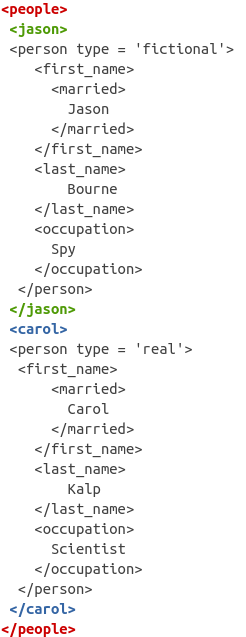
I pull into a spot in the Panera parking lot in Northern Virginia. I smile at the awkward allowance for a location near the training center. Sometimes, on Sundays, he likes to go to Panera Bread. His home, the ministry, the home of his lover. Tacked onto the end is a surveillance report. He went to the Kazakh-American University in Almaty and studied business, with a minor in film. The local station believes he might be a viable target.īeyond that, there are only a few words of bio. He knows about an imminent attack to be carried out with his government’s blessing. Mine opens with a photo of a middle-aged Gorbachev look-alike, minus the port-wine stain, leaning against the bar in a crowded pub. Our instructor drops folders on the tables in front of us, one each, all black. All photographs courtesy of Amaryllis Fox. Fox in undercover mode, second from left, speaking on a panel in DC to reinforce her art-dealer cover identity. The rest do it by way of penalty box, paying their dues after screwing up-or screwing someone-somewhere out there at the tip of the spear. Others do it out of exhaustion, craving a plumb three-year tour back home. Some play the roles out of a sense of duty, passing their skills on to the next generation. The targets we’re given during training are all characters played by case officers, the real-life, battle-hardened spies we trainees aspire someday to be. The security loophole that Hezbollah plans to exploit to walk catastrophic biological agents out of a scientist’s deep freezer. The name of a seller on his way to provide Soviet-era tactical nukes to a contact in al-Qaeda.

The location of a detainee, delivered hours before she’s to be beheaded. I know from my time at the Agency’s Counterterrorism Center how precious that information can be. The aim is the much-coveted “second meeting”: an opportunity to continue the conversation somewhere else at some later date this offers the operative the chance to build a relationship and, with it, access to whatever information the target might hold. We’re given our first operational assessment: a bump, which means finding a target of interest in some public place and manufacturing a reason to get him or her talking.
How to be a real spy agent license#
My small band of classmates and I run around DC at all hours of the day and night, marking signal sites with chalk and identifying the license plates of cars that trail us, sorting the training surveillants from the real ones, high on the fact that the civilians around us are carrying on with their normal days, oblivious to what’s happening right in front of them. I start the CIA Field Tradecraft course in the fall of 2005, learning the basics of elicitation, dead drops, bumps, brush passes, and surveillance detection.


 0 kommentar(er)
0 kommentar(er)
